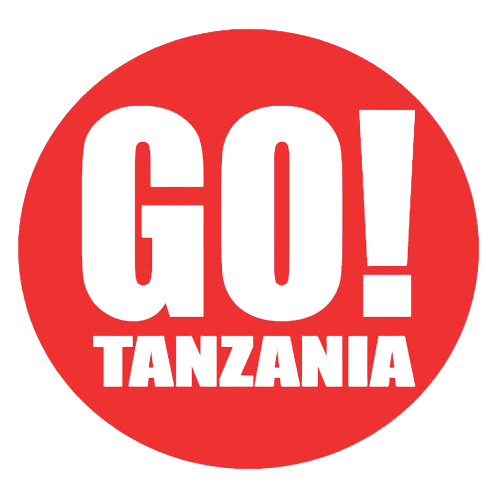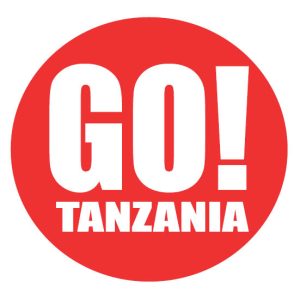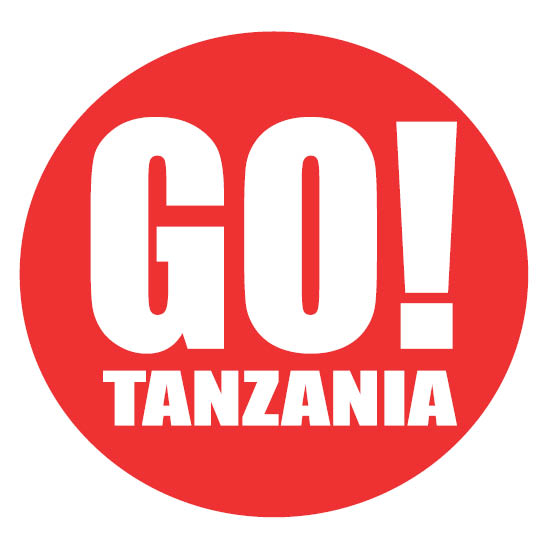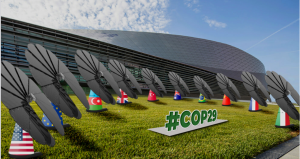The document was released on 20th November at COP29 in Azerbaijian
The World Travel and Tourism Council (WTTC) launched the second edition of its groundbreaking Net Zero Roadmap for Travel & Tourism on Wednesday, 20th November, at COP29 in Baku, Azerbaijian.
Developed in collaboration with Accenture, the United Nations Environment Programme (UNEP), and supported by the State Tourism Agency of the Republic of Azerbaijan, this second edition of the roadmap underscores the urgency of climate action as the sector works towards net zero by 2050.
Building on the foundation of the original roadmap launched in 2021 at COP26, in Glasgow, Scotland, the latest edition addresses the escalating environmental impacts on tourism.
According to WTTC president and chief executive Julia Simpson: “This updated roadmap is a call to action for every business in travel and tourism. The sector is moving forward; but we mustn’t rest on the laurels. We must work together with greater ambition and urgency to create a sustainable future for travel and tourism. Every step counts towards preserving our planet and the livelihoods of millions.”
WTTC encourages travel and tourism companies, stakeholders, and governments to support and implement the measures outlined in this roadmap.
By uniting in pursuit of net zero, the sector can achieve meaningful climate action, protect vulnerable destinations, and meet the expectations of environmentally conscious travellers worldwide.
What’s new in the second edition?
This new edition of the roadmap shows how the number of global travel and tourism businesses setting climate targets has surged by 27 percent over the past three years, with more than half now actively committed to emissions reduction.
Around a third of these businesses are committed to Science-Based Targets initiative (SBTi) goals, underscoring their dedication to meeting rigorous emissions reduction benchmarks.
A major focus of the updated roadmap is improving sector alignment and transparency, particularly as demand for sustainable travel options grows, with 75 percent of global travellers now expressing a desire to travel more sustainably.
The roadmap also draws on WTTC’s Environmental and Social Research (ESR), which reveals a significant decrease in the travel and tourism sectors’ carbon emissions footprint.
According to the latest ESR data, the sectors jointly accounted for 6.5 percent of global emissions in 2023, down from a peak of 7.8 percent in 2019, representing an 10.2 percent reduction in the sector’s greenhouse gas intensity, showcasing the sector’s significant strides toward decoupling growth from emissions.
Changes in different sectors
Across a number of industries, the roadmap notes significant improvements in carbon intensity.
In 2023, the aviation industry achieved a six percent reduction in carbon intensity from 2019, when both travel and tourism were at their peak, while the cruise and accommodation industries both decreased their carbon intensity by 11 percent.
These reductions are critical as the sector works to balance growth with a meaningful transition to lower emissions.
The updated roadmap also highlights the role of Sustainable Aviation Fuel (SAF) in reducing aviation’s carbon footprint.
Reducing emissions by up to 80 percent over the fuel’s lifecycle, SAF has emerged as a cornerstone for aviation’s decarbonisation pathway, and the roadmap calls for the expansion of SAF adoption across airlines, supported by investment and regulatory alignment, to accelerate emissions reductions.
It also provides more detailed guidance for small businesses which represent the backbone of travel and tourism yet face unique challenges such as defining and following a more strategic decarbonisation approach.
It emphasises the importance of accessible green financing for small to medium enterprises (SMEs), which often lack the resources to implement sustainability measures.
Despite these advancements, the report identifies ongoing challenges, both internal and external, that require attention.
Measuring Scope 3 emissions remains a complex task for many companies, as does achieving regulatory alignment across regions.
Source: traveldailymedia




